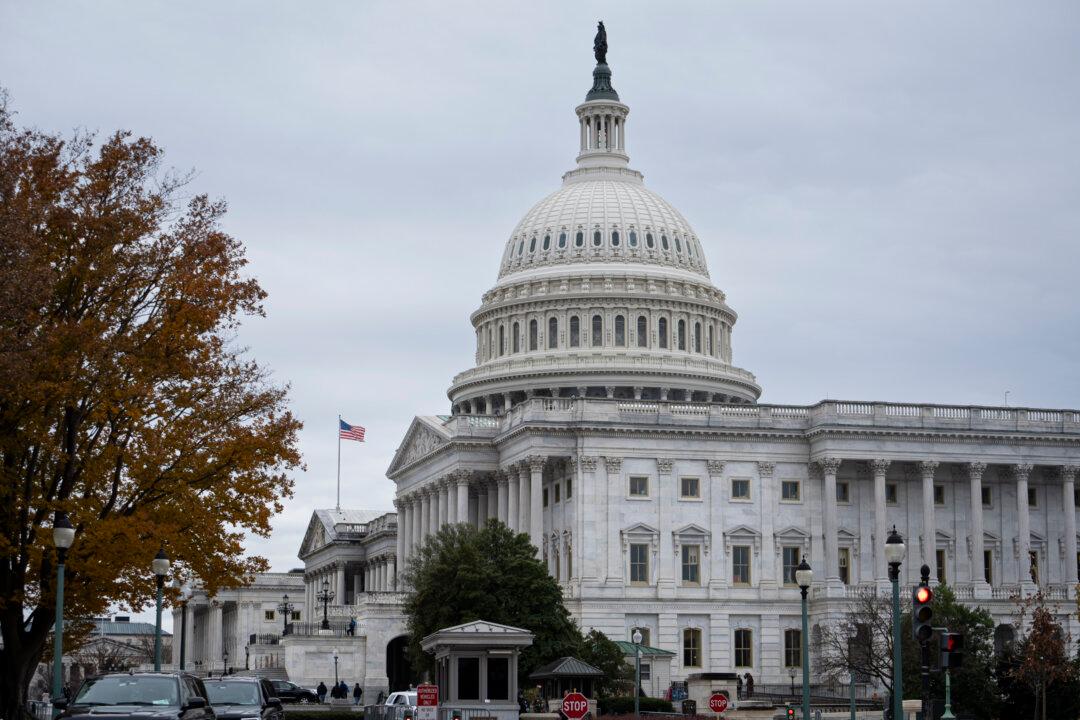As the pandemic continues to hammer the economy, more than 3.8 million workers in the United States filed unemployment claims during the week ending April 25, bringing the number to more than 30 million in the past six weeks, which is around 18 percent of the workforce.
“This marks the highest level of the seasonally adjusted insured unemployment rate in the history of the seasonally adjusted series,” the Labor Department stated, also noting that “the COVID-19 virus continues to impact the number of initial claims and insured unemployment.”
The number of people filing initial jobless claims for the week ending April 25 was 3,839,000, while the previous week’s level was revised up by 15,000 to 4,442,000.

“The U.S. economy is hemorrhaging jobs at a pace and scale never before recorded,” said Scott Anderson, chief economist at Bank of the West in San Francisco. “It compares to a natural disaster on a national scale.”
The number of continuing claims, which represent people receiving ongoing unemployment benefits, grew to 18 million for the week ending April 25, far exceeding the peak of 6.6 million during the Great Recession.
The insured unemployment rate for the week ending April 18 grew by 1.5 percent from the previous week’s rate to 12.4 percent last week. When the insured jobless rate hit 8.2 percent for the week ending April 4, it broke the previous record of 7.0 percent set in May 1975.

The Commerce Department partly blamed the pandemic for the dramatic plunge in output.
“The decline in first-quarter GDP was, in part, due to the response to the spread of COVID-19, as governments issued ‘stay-at-home’ orders in March,” the department stated in a note. “This led to rapid changes in demand, as businesses and schools switched to remote work or canceled operations, and consumers canceled, restricted, or redirected their spending.”
The same day, Treasury Secretary Steven Mnuchin predicted the economy could rebound by late summer as states ease lockdowns and let businesses reopen.
“As states start opening up, I think you’re going to see a lot of demand come back,” Mnuchin told Fox Business Network. “Now again, the states are going to open up slowly, so you’re going to see June and July pick up, but I think by August and September, you’re going to see a big bounce back from what has been a very rocky period.”





